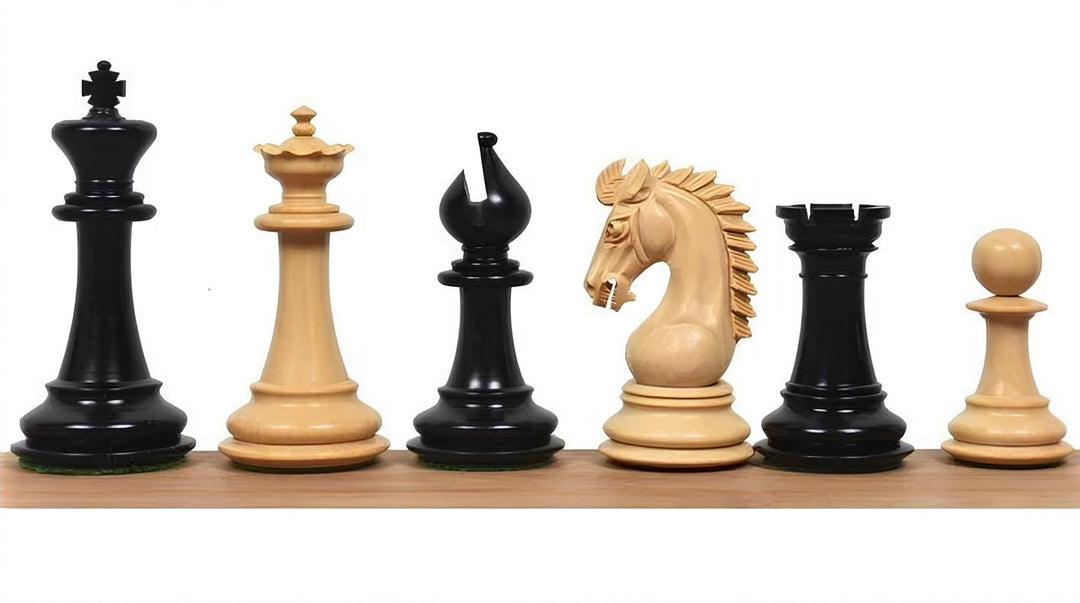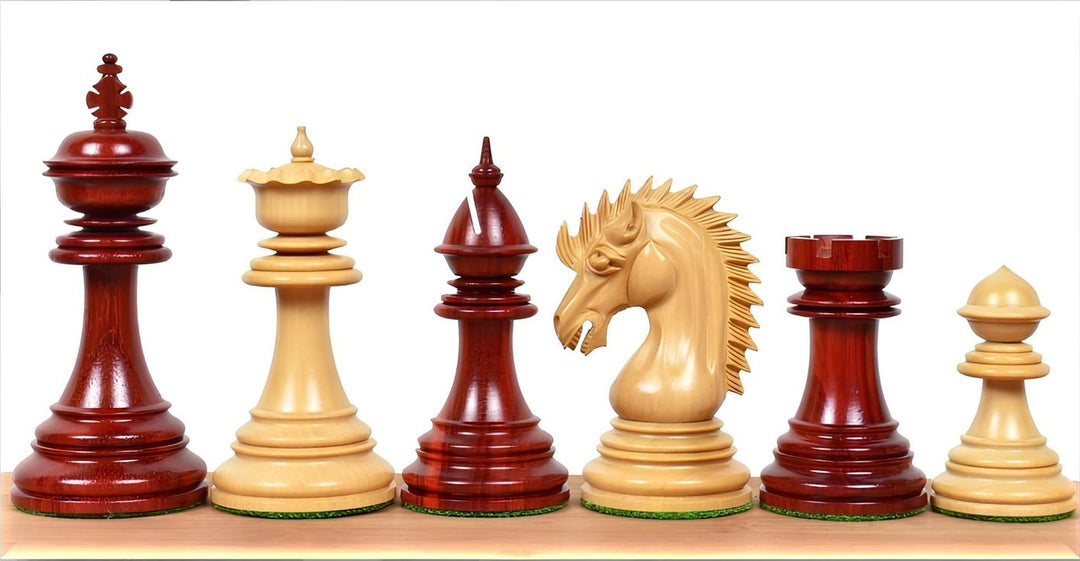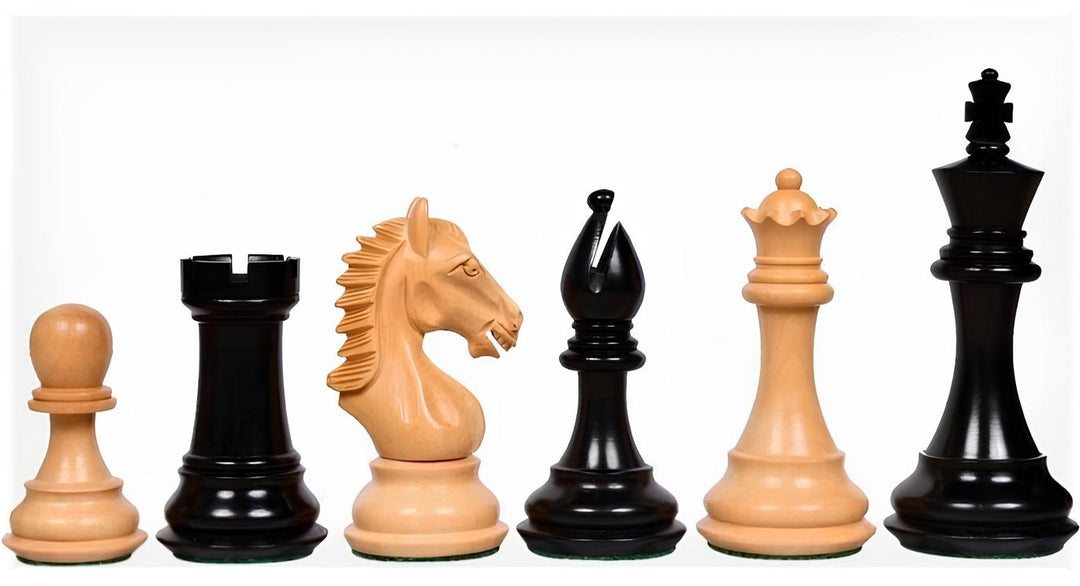Mastering Chess Endgames: Unleash Capablanca's Rule for Dominating Same-Color Bishop Strategies
Chess is a game of strategy, patience, and precision, and none of its facets exemplify these qualities more than the endgame.
Among the various endgame scenarios, those involving same-color bishops present unique challenges and opportunities.
Understanding how to maneuver effectively in these situations can mean the difference between victory and defeat.
In this article, we delve into the principles set forth by the legendary José Raúl Capablanca, particularly known as 'Capablanca's Rule,' which offers crucial insights into dominating endgames with same-color bishops.
Notably, this approach highlights the importance of pawn placement and king activity, setting the foundation for a robust endgame strategy.
Whether you're an aspiring grandmaster or a casual player, mastering these concepts can significantly elevate your chess game.
Join us as we explore this essential chess knowledge and unlock the secrets to successful endgame maneuvering.
Key Takeaways
- Positioning pawns on opposite color squares enhances maneuverability for your king in same-color bishop endgames.
- Capablanca's Rule emphasizes strategic advantages for the attacking side in chess endgames with same-colored bishops.
- Readers can access more endgame strategies and insights through ChessBase Magazine, benefiting from expert analyses and lessons.
Understanding Same-Color Bishop Endgames
In chess, understanding endgame principles is vital for converting advantageous positions into victories.
One particularly intriguing aspect of endgame strategy involves Same-Color Bishop endgames, as highlighted in the insightful article 'Capablanca's Rule.' This piece dissects the methods of effectively navigating this complex scenario where both players possess bishops that operate on the same color.
An essential strategy for the player on the offensive is to position their pawns on squares of the opposite color to that of their bishops.
This tactical maneuver enhances the king's mobility, allowing it to better support pawn advancement and create attacking threats against the opponent's pawns.
Additionally, Dr.
Karsten Mueller, a respected endgame expert featured in ChessBase Magazine, enriches the discussion by introducing nuanced techniques and illustrating the critical balance of pawn structure in such endgames.
For chess enthusiasts looking to expand their knowledge, subscription options to ChessBase Magazine provide access to a treasure trove of lessons, opening strategies, tactical puzzles, and expert analyses from renowned grandmasters, making it a must-have resource for serious players wanting to elevate their endgame strategy.
Applying Capablanca's Rule in Practice
To effectively apply Capablanca's Rule in practical play, one must master the coordination between pawns and bishops.
A key takeaway from this principle is recognizing the significance of pawn structure in controlling critical squares and limiting the opponent's options.
As the endgame unfolds, players should focus on pushing their pawns to squares that create a barrier against the enemy king while positioning their bishop to dominate the board.
By keeping pawns on the opposite color of their bishop, players not only enhance their attacking chances but also pave the way to create passed pawns—an invaluable asset in the endgame.
Moreover, maintaining an active king that can switch between supporting pawns and putting pressure on enemy pawns is crucial.
Practicing these concepts through diagrams and real-game scenarios can significantly strengthen a player's endgame understanding, making it easier to convert theoretical knowledge into practical victories.

































Leave a comment